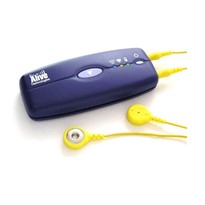Having an idea on how the heart works can help you understand how even a slight change can affect it. I The heart has 4 chambers., If you were to consider these chambers as 4 rooms, two on either side. of your body. The right side collects blood from your body and sends it to your lungs to collect, oxygen. This is often referred to as red blood because it is bright red. The left side collects the blood that is now full of oxygen and pumps it around the rest of your body. The blood that is returning to your heart does not have a lot of oxygen and is a darker red colour and often referred to as blue blood. Arteries are the tubes that carry blood away from the heart and your veins are the tubes that return blood to your heart. The red and blue blood are kept separate by the walls. Heart valves I act like one-way doorways, keeping blood flow in the right direction.
If there is a fault, blockage or and underdevelopment of any part of this process congenital heart disease will be present Congenital heart defect can be present at birth and is a structural problem developed in pregnancy when the baby’s heart is being formed. The cause of congenital heart disease is largely unknown. According to Heart Kids, congenital heart disease is the most common birth abnormality, affecting 1 in every 100 in every 100 children. Some of these defects will require no intervention others can be treated with medicine, surgery or other medical procedures. Most babies born with these defects go on to live off full and normal life. Some of the more common defects include:
- Aortic valve disease
- Coarctation of the aorta
- Transposition of the greater arteries TGA
- Tetralogy of Fallot To F
- Ventricle is pectoral defect VSD
- Atrial spectral defect ASD
- Atrioventricular septal defect AVSD
Childhood heart disease may occur even in babies born with normal hearts. Illnesses including myocarditis, an inflammation of the heart muscle and rheumatic heart disease are two examples that can lead to heart problems. These are sometimes referred to as acquired heart defects.
In many cases, heart defects are detected during routine anti-natal ultrasounds and will be followed up by a paediatric cardiologist. A heart defect may be found shortly after birth or within the following few weeks when your midwife or paediatrician carries out routine checks. Common symptoms that may occur within a few weeks after birth are:
- Poor weight gain\growth
- Easily fatigued
- Blue around the lips
- shortness of breath
- pale or blue skin colour
- difficulties feeding, becoming sweaty during feeds
If you notice any of these symptoms or are concerned please contact your health professional.
The treatment for your baby's heart condition will depend on the cause and severity. In some cases, the condition may resolve itself, and some will need medication. In some cases, surgery or other procedures may be needed.
Being told that your baby has a heart condition is overwhelming and can cause a flood of emotions. It is perfectly normal to question why your baby has a heart defect, unfortunately, in many cases of congenital heart disease, this will never be known. In other cases, an illness or disease can be to blame. Each baby and their family will have unique challenges ahead. It is important to remember that you are not alone. According to Heart Kids, a support organisation, one in eight babies born in Australia each day have some form of a congenital heart defect. The names and the terminology used when health professionals are talking about your baby's heart condition can be overwhelming. It is important for yourself to ask questions and get a full understanding of what is happening. The health professionals that are caring for your child will be more than happy to answer be any questions.
Heart Kids are located in every capital city in Australia and offer information and support to parents and families. They can also connect you with other families in similar situations. Sharing similar situations and experiences often help and reduce the feelings of isolation and helplessness. You can contact heart kids’ helpline on 1800 432 785 or visit them on heartkids.org.au.
As we know, breast milk is best for your baby. Breastfeeding doesn’t always come easily and having a baby born with a heart problem can cause added obstacles. Your baby may tire more quickly You may have the need to feed your baby via a tube until is they are well enough to breastfeed. Breastfeeding is often easier for a baby with congenital heart disease then bottle-feeding according to the Australian Breastfeeding Association. Whether breastfeeding or expressing milk the important thing is to maintain your supply to ensure your baby has enough nutrition. Contact your healthcare professional if you have any concerns regarding this.
Many parents are understandably concerned about the effects that their babies heart condition will have on their future. Fortunately, most babies born with a heart condition are successfully treated and live a long and active life with little to no restrictions. This is obviously very individual, and you should always take the advice of your healthcare professional. Your child may be in the care of a paediatric cardiologist f for some time.


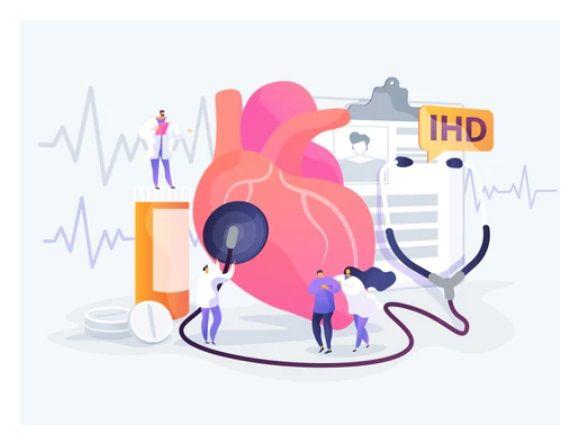

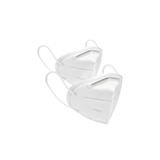
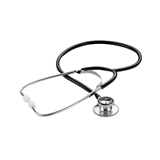

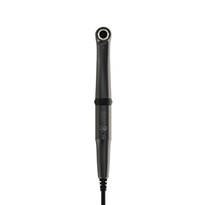
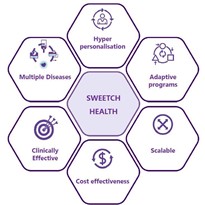
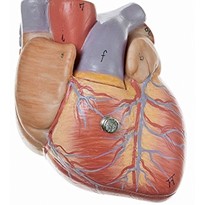
-205x205.jpg)


